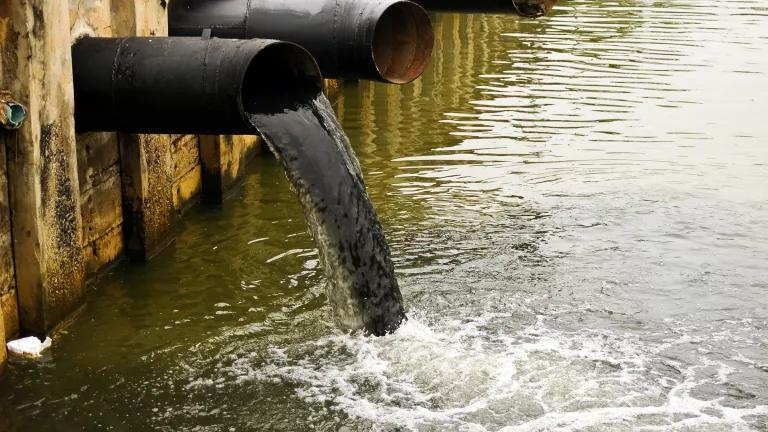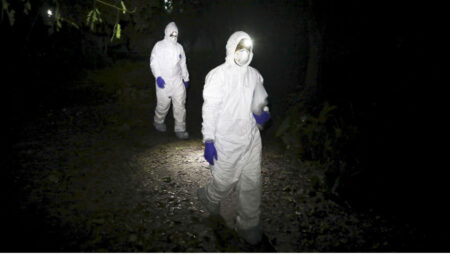Water, essential for nurturing and sustaining life on earth, continues to face ill-received treatments from us due to our inappropriate actions. Now the consequence is such that the United Nations estimated a staggering two billion individuals across the globe are currently facing challenges in obtaining safe drinking water.
A study published in Nature has found through simulations and predictive analysis, that towards the end of this century, around 5.5 billion people might get exposed to the polluted water.
The team of researchers from the Utrecht University, Utrecht, Netherlands, conducted an analysis of surface water quality under various scenarios of future climate and socio-economic development. The analysis conspicuously revealed sub-Saharan Africa to be amongst the most severely affected regions.
The Crucial Water Analysis
East Asia and Pacific regions in the last few decades have witnessed bulk pollution in terms of surface water due to extreme industrial prosperity and population boom. This has led to an amplified demand for water in regions lacking the necessary infrastructure to meet such needs.

Image Source: NRDC
Tafadzwa Mabhaudhi, a climate change and food security expert at the University of KwaZulu-Natal, Durban, South Africa, describes these predictions as a valuable temporal and spatial analysis. However, Joshua Edokpayi, a water-quality management researcher at the University of Venda in Thohoyandou, South Africa, warns that without sufficient investment in water infrastructure and treatment, the region faces an imminent crisis.
Future Water Trends
To explore the potential future impacts of similar trends, researchers employed established global water quality models to simulate water quality in 20-year intervals from 2005 to 2100. They took into account three distinct climate scenarios, as defined by the Intergovernmental Panel on Climate Change (IPCC): SSP1-RCP2.6, SSP5-RCP8.5, and SSP3-RCP 7.0.
These scenarios, known as “shared socio-economic pathways” (SSP), encompass various societal factors, while the accompanying “representative concentration pathways” (RCP) describe the trajectories of greenhouse gas concentrations. For instance, SSP5-RCP8.5 represents a “business-as-usual” path characterized by substantial technological progress with limited concern for global warming. On the other hand, SSP1-RCP2.6 outlines an optimistic future where sustainability takes precedence on a global scale, reflecting a “green” approach.
The team discovered worse quality of water under all scenarios for regions in sub-
Saharan Africa and also, South America. However, economically strong countries showed decreased trends in pollutant levels, credits to improvement in water treatment plans.
The most alarming case amongst all projected scenarios was the SSP3-RCP7.0, according to the scientists. The model depicts a future of heightened national rivalries, decelerated environmental and economic growth. Moreover, this model predicts a four-fold increment of organic water pollution in sub-Saharan Africa by the year 2100. This places 1.4 billion people at risk of unsafe water. Furthermore, the decline in water quality extends to South Asia, the Middle East, and North Africa as well, exacerbating pollution exposure in these regions.
Edward Jones, a co-author of the study emphasized that a “business-as-usual”, which is SSP5-RCP 8.5 scenario might involve dwelling unsustainably on fossil fuels, but it has the potential to drive improvements in water quality and infrastructure, as implemented currently by some countries around the world.
Insights into the research reveals that the world is in a greater need for better water-treatment plans and quality policies to be implemented so as to surpass the aggravating trends. As highlighted by Joshua Edokpayi, if not managed correctly, the water crisis would be severe and beyond repair in nigh future.













